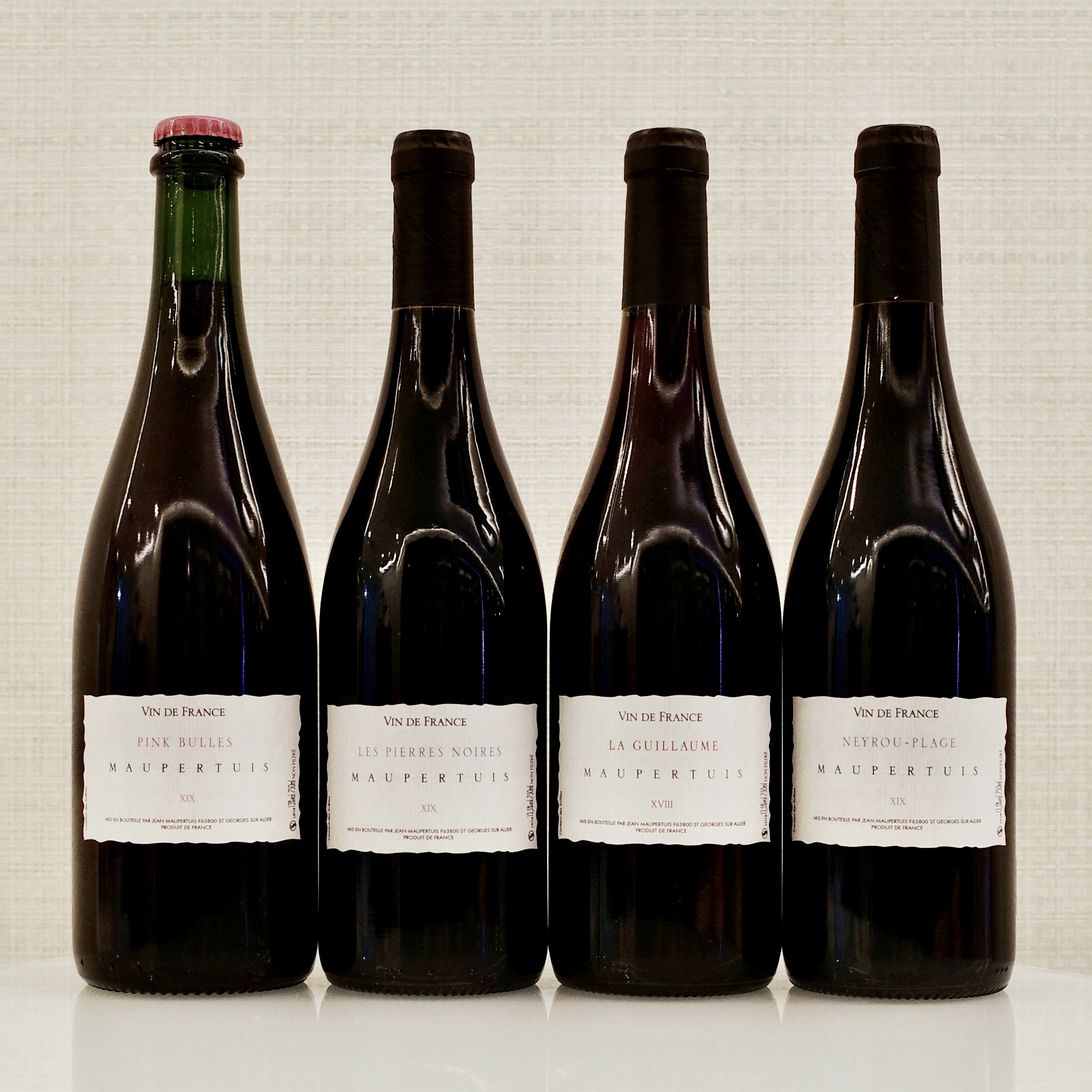| Legendary,
iconic, visionary. Jean Maupertuis has reignited a
dormant wine region and precipitated its
transformation into one of the most exciting wine
regions in France today. His wines are rare — and
important. Do not miss them. |
|
| View online | |
| new arrivals • LIMITED |
| Jean Maupertuis |
| Effortless
volcanic beauties by the legendary ‘Godfather’ of
Auvergne |
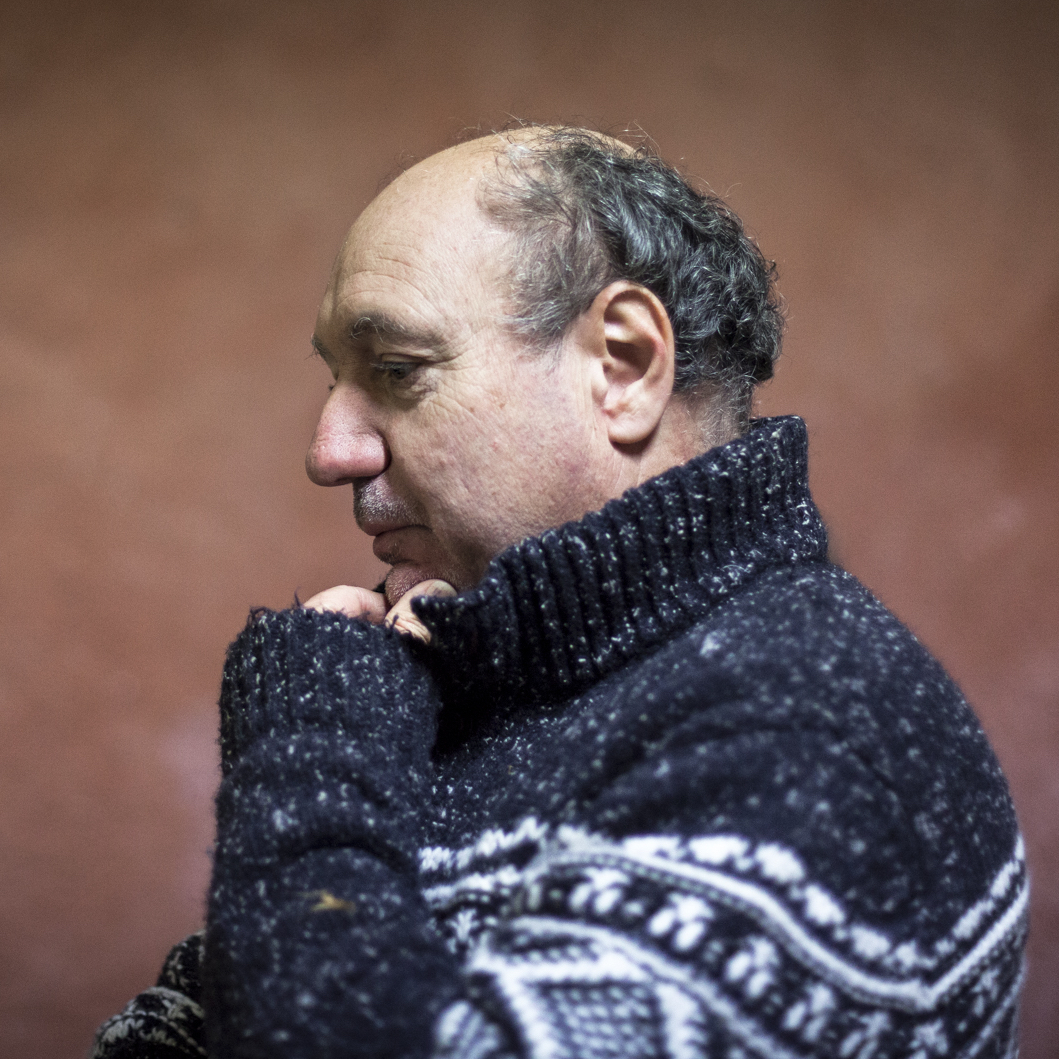 Jean Maupertuis (photo: Entre Les Vignes) |
If there is one wine region in France that is generating
quite a bit of buzz right now, it is Auvergne. Located due
west of Burgundy, this central region is home to a
multitude of dormant volcanoes, green valleys, rolling
meadows, and vast pine forests. For decades, this pastoral
area has been known more for hiking, skiing, and camping,
than for wine. But Auvergne has a rich wine history, and
the new wave of winemakers working here now are bringing
it back to life.
Once upon a time, Auvergne was one of the biggest and most important wine producing regions in France. A significant amount of wine was being produced here from the Middle Ages onwards, and by the 19th century, it had become the third-largest wine producing region in the country. But with the 20th century came a sharp decline in viticulture here, initiated by the devastating blight of phylloxera and hastened by the onset of two world wars. Post-war industrialization and the accompanying urbanization, meant that Auvergne’s viticultural land and activities diminished greatly.
|
Now, though, a small group of vignerons is
reviving the lost winemaking tradition of the
area, capturing the potential of the volcanic
terroir and, in some cases, the very old vines. We
think some of these producers are amongst the most
exciting in France. These highly original wine
personalities have created a new brand for
Auvergne, with wines born out of creative freedom.
The start of this new wave can be traced back to
the 1990s, and there is one man who is unanimously
cited as the pioneer of this movement: Jean Maupertuis. |
Maupertuis first came to Auvergne as a student, and then
worked for a brief while as a computer scientist. He had
always loved wine, and after buying a small parcel of
vines for fun, he found he was spending all his evenings
after work in the vineyards. A year later, he decided to
throw in the towel and quit his job to go study
viticulture/oenology in Mâcon. Through a sommelier friend,
he came to know the wines of Marcel Lapierre and paid a
visit to this legendary vigneron. The wine was like
nothing that he had ever tasted. Enchanted, he tried to
figure out what made it so special. Later, he met Pierre
Overnoy, and his mind was blown all over again. He knew
then that not only did he want to make wine, but also that
he wanted to make it with the same philosophy as these
luminaries.
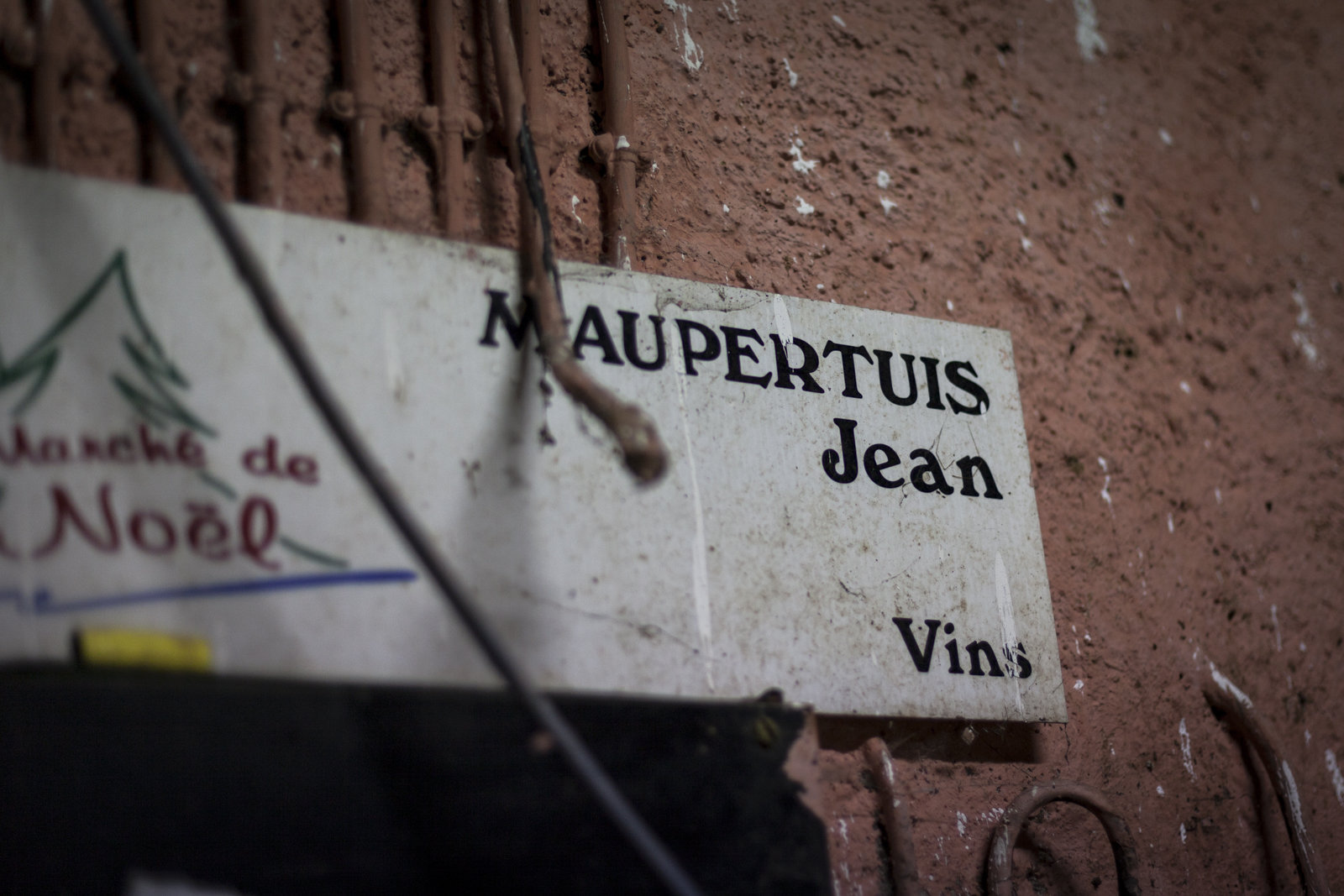
In 1995, Maupertuis took over 3.5 hectares of vines in Saint-Georges-sur-Allier, about 15 km southwest of Clermont-Ferrand. The previous vigneron was about to retire, and his vineyard parcels were quite special. These mature vines were already at least 30 to 60 years old, and were located at an elevation of around 400 to 450 metres – a very favourable microclimate for making serious wines. The prior owner only rarely used a very light amount of herbicide on the vines, and they were in good shape, so it was easy to start farming organically.
Two vineyards, Guillaume and Pierres Noires, make up most of his holding, and are planted with Gamay d’Auvergne, a local varietal that is a different strain from that commonly planted in Beaujolais. Maupertuis subsequently acquired other vineyards planted with Chardonnay, Gamay Beaujolais (which he uses in his pét-nat) as well as Pinot Noir. The area boasts a wide variety of different soil compositions – granite, clay and limestone, marl and sand – and the shift in soil types can often be seen every few hundred metres. This is largely due to volcanic eruptions of the past which spread the earth and particles around.
Like his spiritual mentors, Jean avoids the use of chemical fertilisers, insecticides and herbicides in his vineyards, preferring to cultivate indigenous microflora by working the soils. Harvest is done by hand and the grapes always reach the winery in the morning when the temperature is still cool. Vinification is done in cement vats with whole bunches intact. He prefers to conduct carbonic maceration, as the protective CO2 allows him to avoid adding sulphur at bottling. Fermentation then takes place solely by indigenous yeast. He doesn’t touch anything for the next three weeks. After pressing, malolactic follows, and depending on the vintage he may choose to age in barrels. He allows the wines to settle through the winter (during which he refuses to physically check on the wine), and then racks one last time prior to bottling.
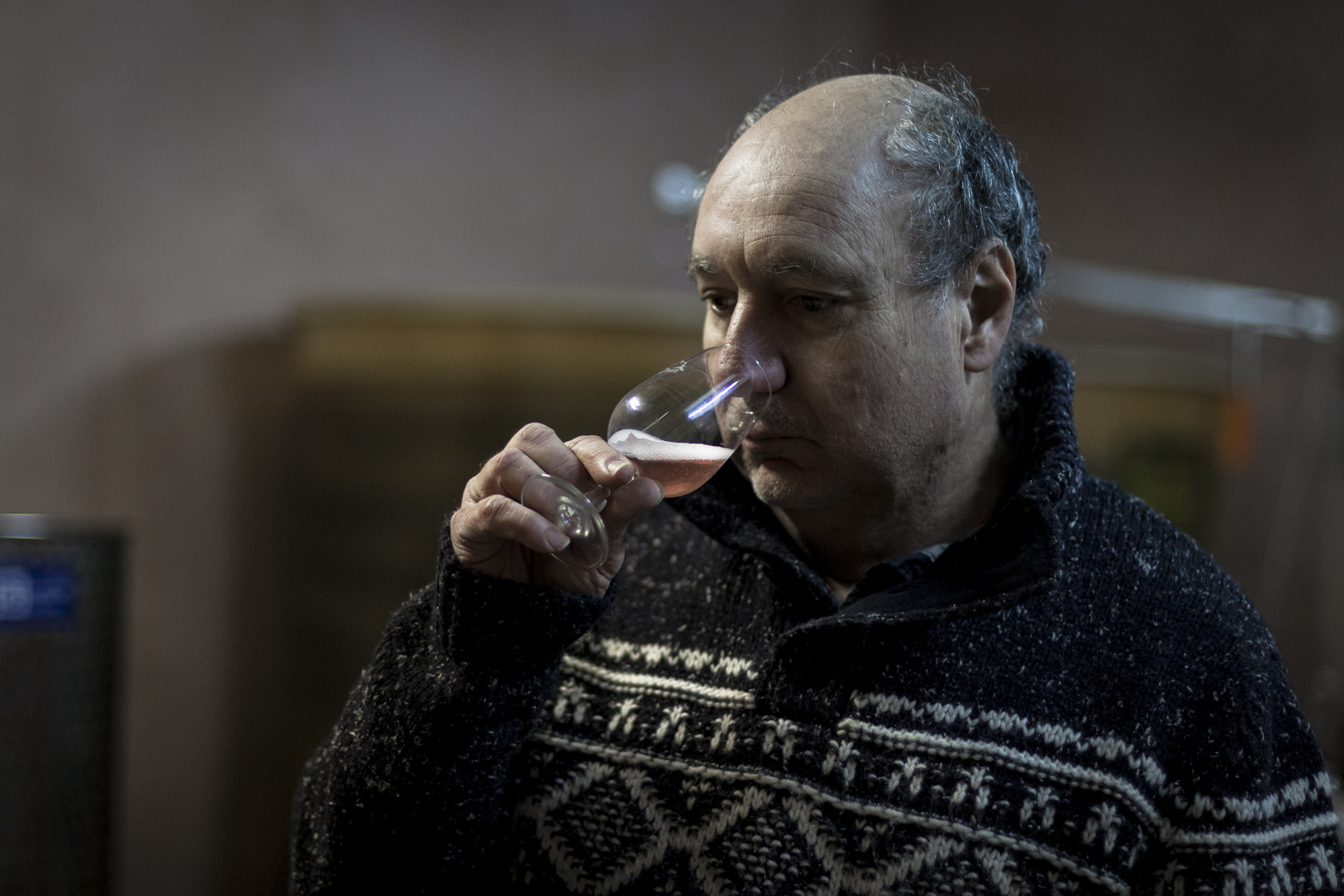
Maupertuis seldom touches his wines during the winemaking process. He has learned with experience that his wine goes through several fragile periods and physically handling them will only increase the risk of oxidation. He bottles his wine following a complete “no-no” philosophy: no fining, no filtration and no SO2 added.
If you want to get a sense of what a “free” wine tastes like, there is no better place to start than with Jean Maupertuis’ wines. Rest assured, however, that these wines are neither strange nor funky. We were stunned the first time we tasted them. More precisely: we were pleasantly and joyfully surprised. These are wines that are devoid of any sense of encumbrance; they are totally expressive and — most importantly — lipsmackingly delicious.
Maupertuis’ wines reflect the quiet spirit of their craftsman, a soft-spoken and modest vigneron who just happens to be a legit natural wine legend.
Auvergne is now the hotbed of some of the most original
and exciting wine talents in France. Dare we say that it
was Maupertuis’ independent spirit that led to the
creation of Auvergne’s first natural wine 25 years ago,
and is responsible for the revolution the region is
undergoing currently.
|
|
We remain flabbergasted by the quality, originality and thrill the wines deliver with each sip, especially at this price level. Still, as with so many of the most exciting and coveted wines in the world, the quantities can be frustratingly limited. You won’t want to miss this modern legend — not just because he is a pioneering talent writing modern vinous history – but especially because his bottles will make you smile.
The prices in this offer are valid for orders taken up to 24 September 2020. Orders will be processed subject to remaining availability and final written confirmation. Do take note too that, due to restrictive availability of certain cuvées, allocation rules may apply in order to ensure fairer distribution. Full payment is required no later than 7 days after confirmation invoice has been sent to confirm the order. No further discount and no reservations allowed.
| - OFFeR VALID ONLY UNTIL
24 September 2020 - PRICES ARE QUOTED NETT, no further discount - ALLOCATION RULES MAY APPLY - SUBJECT TO FINAL WRITTEN CONFIRMATIOn |
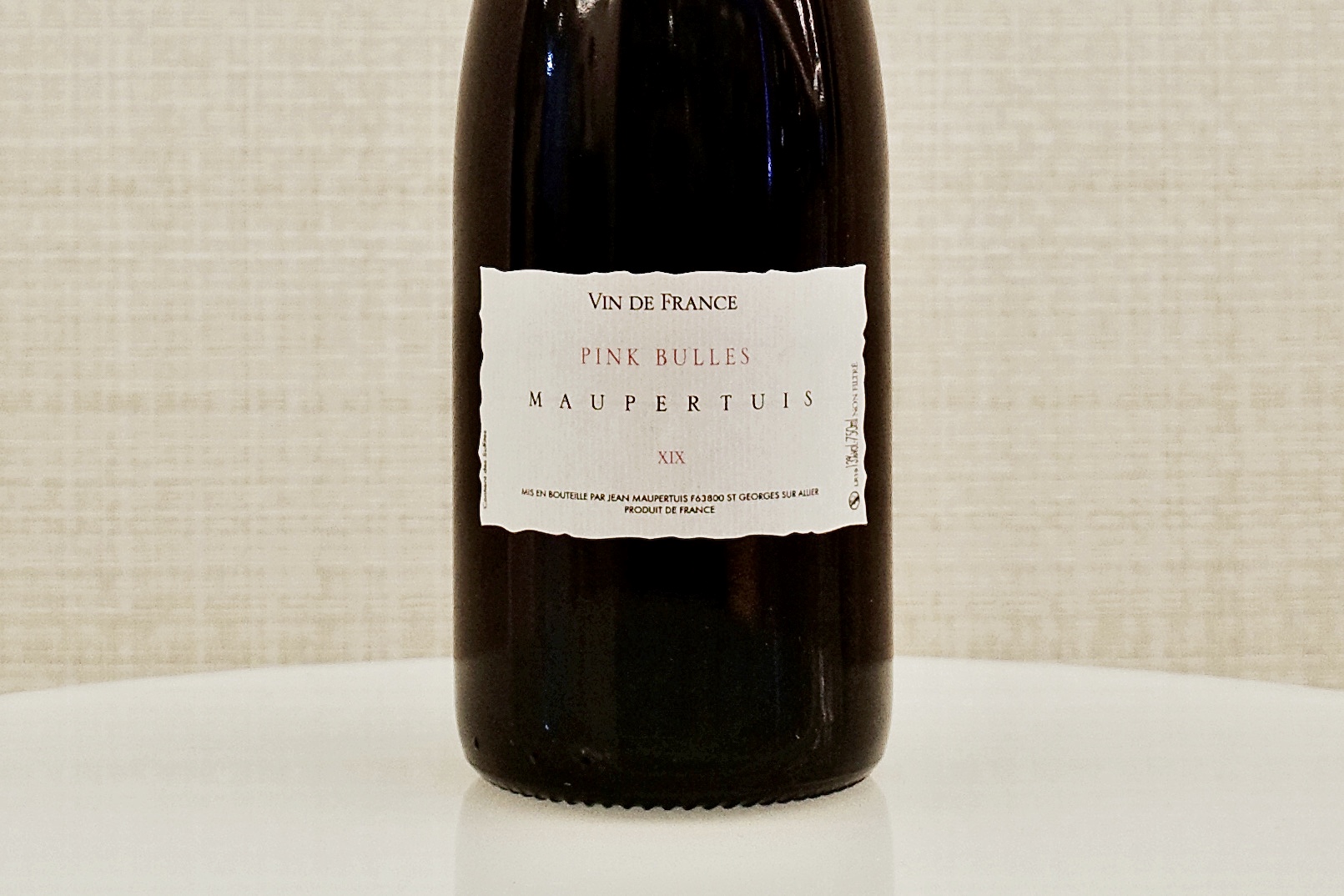
|
|||||
|
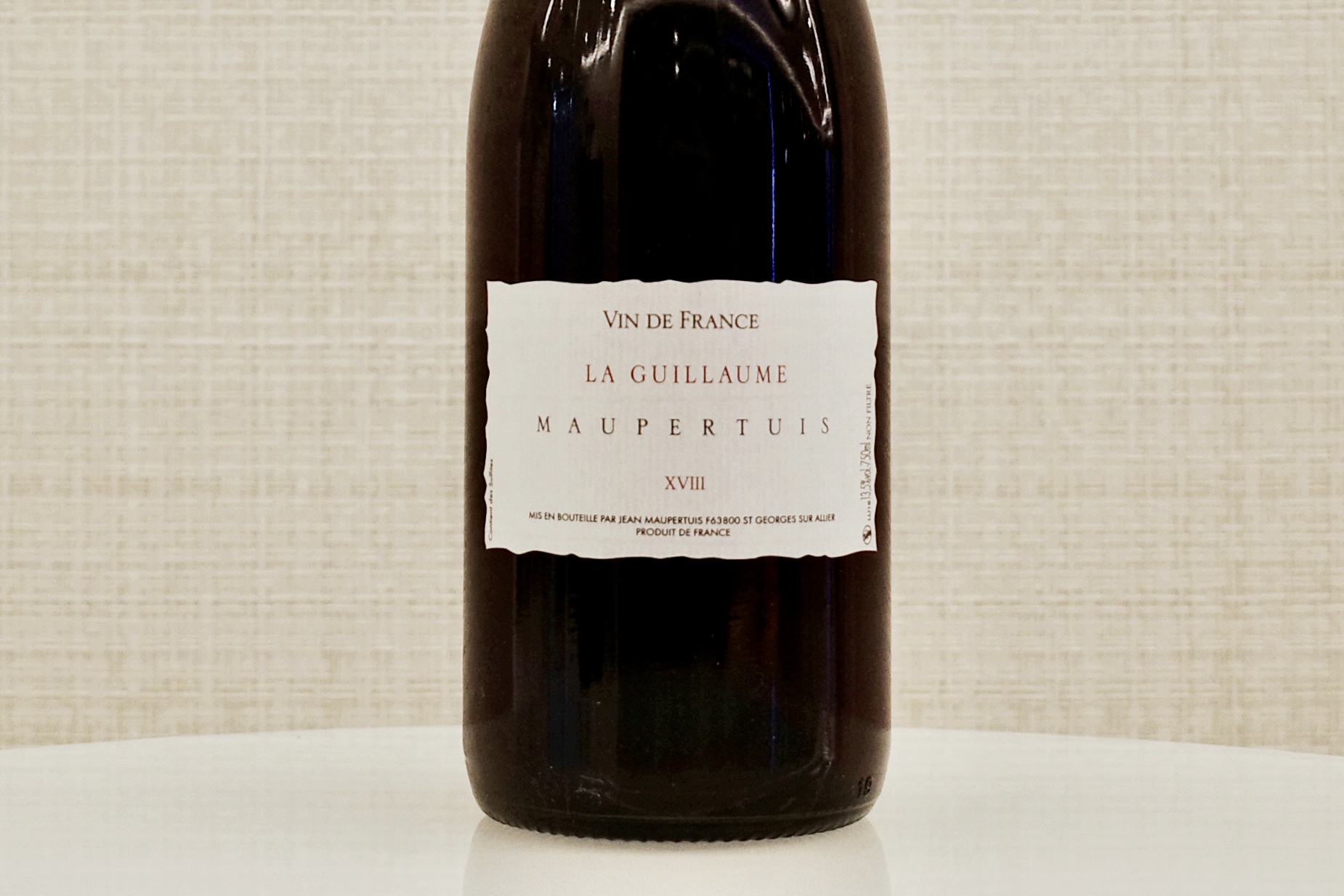
|
|||||
|
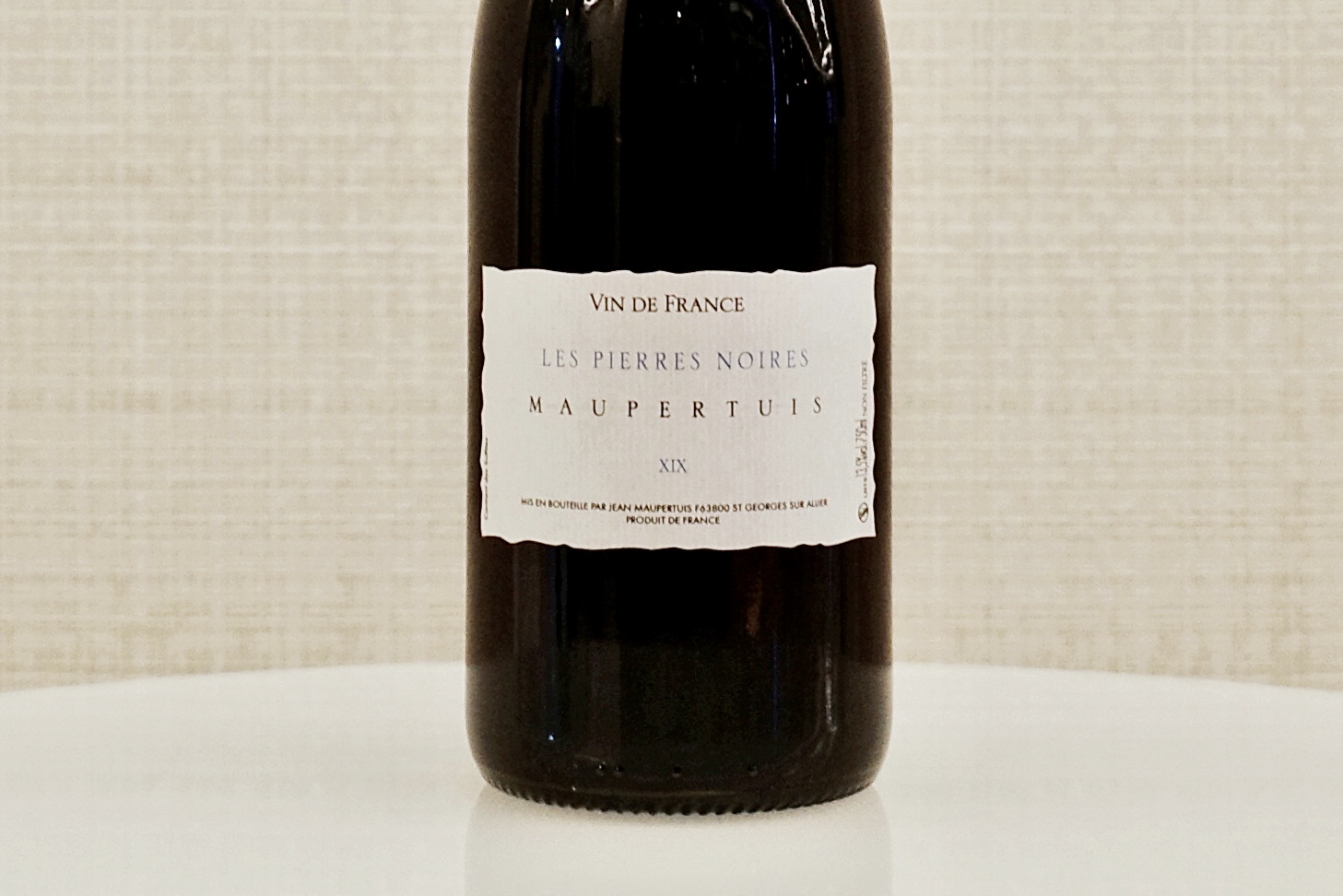
|
|||||
|
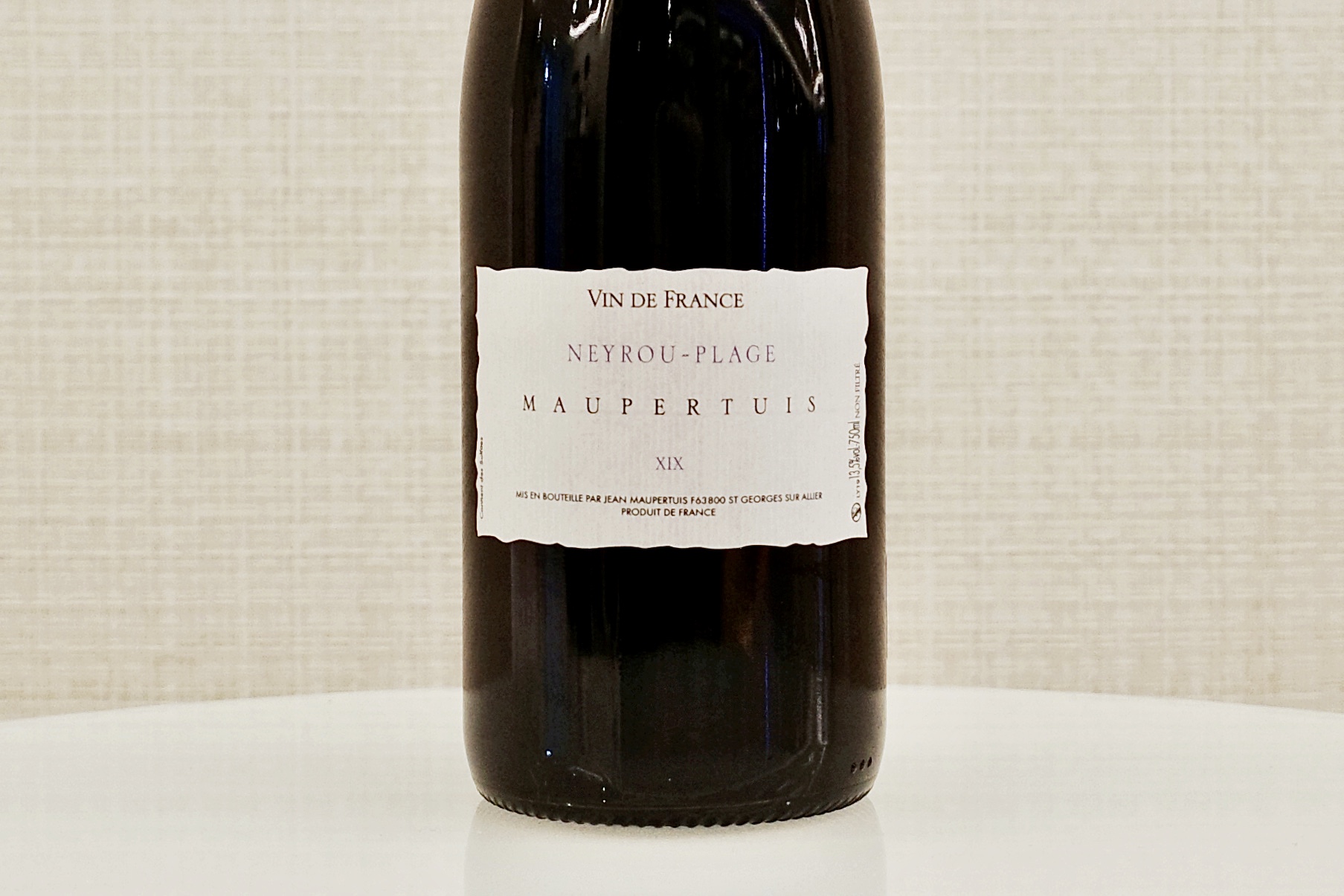
|
|||||
|
TERMS
& CONDITIONS
|
ARTISAN CELLARS SEPTEMBER
2020 WINE LIST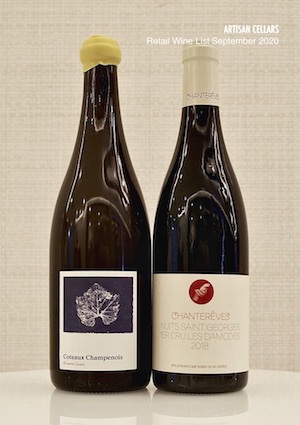 This list outlines a
compilation of artisanal wines that we carry. We
take pride in the sourcing and provenance of our
wines, from the most affordable to the higher ends.
As importers, most of our wines come direct from the
estates. We are proud to work with the most
respected growers from every wine region, each of
them representing the very best that their
respective appellation is capable of producing. To
augment our list, we occasionally include quality
wines from only impeccable sources. Regardless of
point of origin, we are always committed to shipping
and storing them in ideal cellar conditions. Please
email us at sales@artisan-cellars.com
or call us at +65 6838 0373 to enquire about exact
availability of wines, or to find out anything you
wish to know about our wines. This list outlines a
compilation of artisanal wines that we carry. We
take pride in the sourcing and provenance of our
wines, from the most affordable to the higher ends.
As importers, most of our wines come direct from the
estates. We are proud to work with the most
respected growers from every wine region, each of
them representing the very best that their
respective appellation is capable of producing. To
augment our list, we occasionally include quality
wines from only impeccable sources. Regardless of
point of origin, we are always committed to shipping
and storing them in ideal cellar conditions. Please
email us at sales@artisan-cellars.com
or call us at +65 6838 0373 to enquire about exact
availability of wines, or to find out anything you
wish to know about our wines. |
390 Orchard Road B1-01 Palais Renaissance Singapore 238871 t +65 6838 0373 f +65 6836 0036 e sales@artisan-cellars.com w www.artisan-cellars.com |
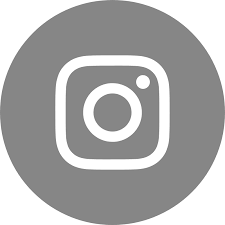 |
